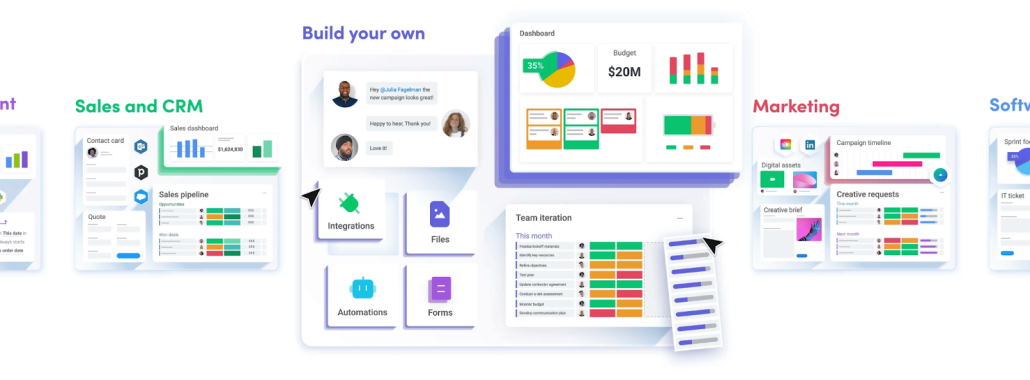Client management is a critical part of the advertising process, and agencies must have effective ways to manage their clients to succeed. In this blog post, we will outline five methods that agencies use to manage their clients. These methods include assigning account managers, setting expectations, using client feedback forms, creating project plans, and conducting regular meetings. Of course, every agency will have its own system for managing clients, but these five methods are a good starting point.
Advertising agencies client management: tips to win and retain clients
There are a number of ways that advertising agencies manage clients. The most common method is through the use of account executives. Account executives are responsible for managing the agency and client relationships. They work to ensure that the client’s needs are met and that the agency can deliver on its promises.
Another way that advertising agencies manage clients is through project managers. Project managers are responsible for overseeing the execution of campaigns. They work with the client to ensure that all of the elements of the campaign are in place and that they are executed according to plan.
Finally, advertising agencies may also use account coordinators. Account coordinators are responsible for managing the day-to-day operations of the agency. They work with the account executives to ensure that all of the agency’s resources are being used effectively and meeting the client’s needs.

Outsourcing the customer relationship
This function of a third-party provider can be an effective way to improve customer service and reduce costs. However, several things to consider when selecting a provider include the type of services offered, the organization’s size, and the locations served.
When selecting a provider, it is important to consider the services offered. For example, the provider should offer a broad range of customer relationship services, such as customer service, technical support, sales, and marketing. In addition, the provider should have a good understanding of the company’s business model and customize its services to meet the organization’s specific needs.

It is also important to consider the size of the organization when selecting a provider. A large organization may require more sophisticated services than a small organization. In addition, a large organization may have more resources to devote to the customer relationship function.
Finally, it is important to consider the geographical locations served by the provider. The provider should have a presence in the regions where the company does business. This will allow the provider to understand the local market better and provide more customized services.
Outsourcing the customer relationship function can be an effective way to improve customer service and reduce costs. However, it is important to consider the type of provider, the size of the organization, and the geographical locations served when selecting a provider. By doing so, you can ensure that the provider you select is best suited to meet your organization’s needs.







